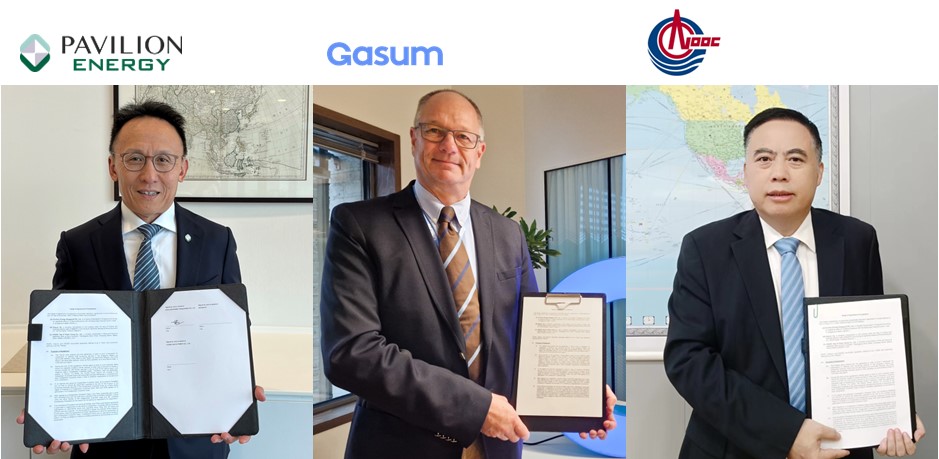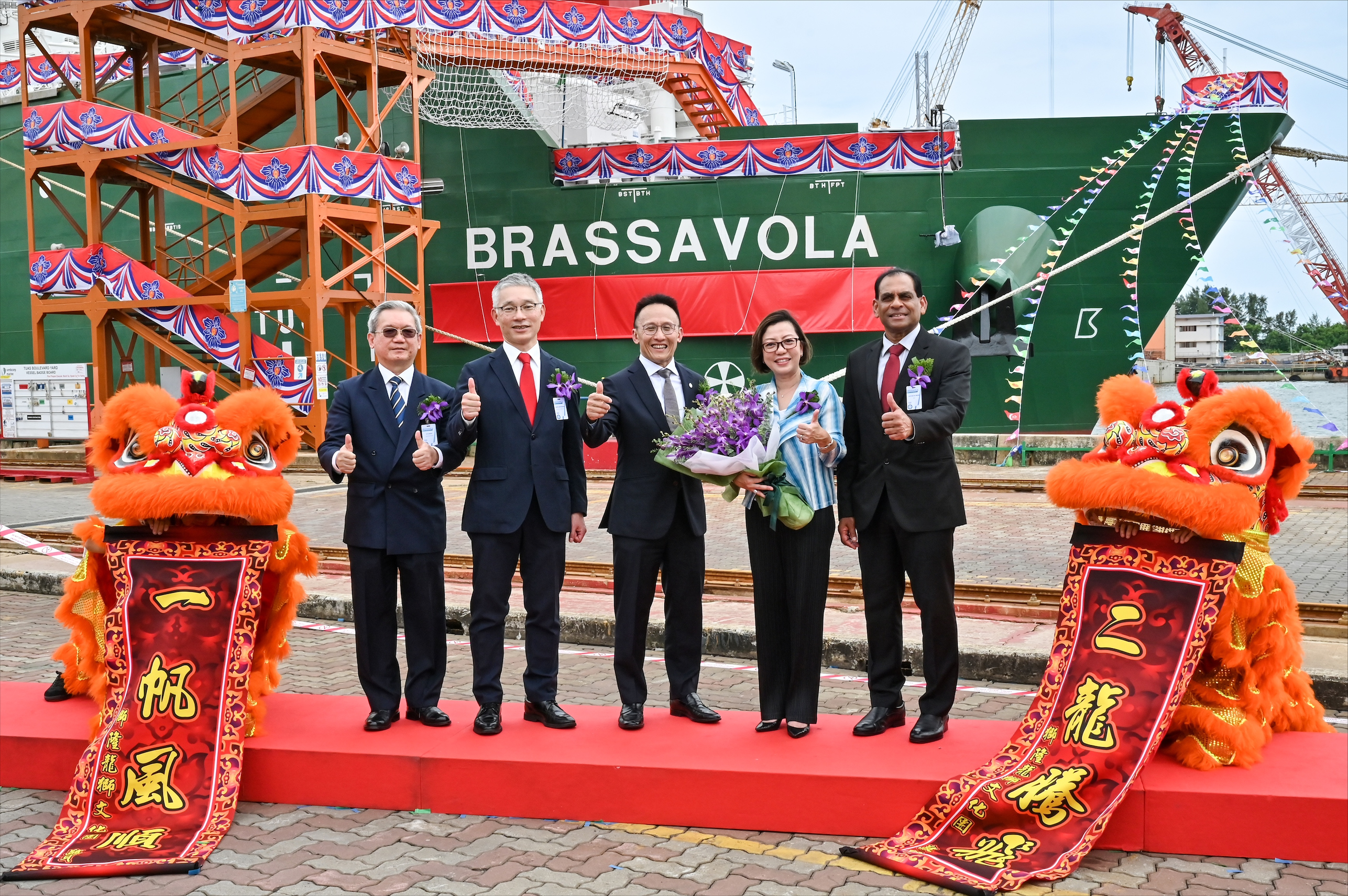The Singapore Exchange (SGX) has unveiled its price index for liquefied natural gas (LNG), in a move aimed at achieving greater transparency in physical spot trading of LNG in Asia.
The index is called the FOB (free on board) Singapore SLInG (short for SGX LNG Index Group), with FOB Singapore referring to cargo in the vicinity of Singapore.
The index is making its debut eight months after Temasek Holdings' gas arm Pavilion Energy announced that it was working with several stakeholders, including SGX and IE Singapore, to develop an LNG price marker, in a move aligned with Singapore's aim of being the regional gas-trading hub.
SGX's wholly owned subsidiary, the Energy Market Company (EMC), unveiled the index at the Energy Trading Leaders Forum here, an event jointly organised by FT Trading Room, a new section of The Financial Times, and market-intelligence firm The Banker.
SGX's vice-president and head of derivatives Michael Syn told The Business Times that data for the FOB Singapore SLInG has been compiled since January.
"It is only now that we feel that we have enough data that we are willing to go public with it," he said.
The weekly index is based on the averaged submissions from international LNG players who offer their fair assessment of LNG cargo prices at a virtual point off Singapore, at specified times in the future.
There are now 13 LNG players on board; 10 more are slated to join the index. Mr Syn said the aim is to maintain a balanced portfolio of net buyers and sellers.
EMC aims to have the index comply with the global benchmark, IOSCO Principles for Financial Benchmarks.
Asia today accounts for about three-quarters of global LNG demand. Pavilion Energy's chief executive Seah Moon Ming noted at the sixth World LNG Series last September that as recently as in 2012, the region had paid a "handsome premium" of about US$130 billion for its LNG.
This over-paying happened because Asia lacked a clear price benchmark; LNG sold in the region was pegged to crude oil prices - and priced at a premium to the US and European price benchmarks.
Besides improving price transparency for spot trading of LNG in Asia, FOB Singapore SLInG can also be used for risk control and support function purposes. For example, it can be used to calibrate LNG risk models.
It can also serve as a settlement price for potential derivatives to hedge LNG spot exposures, or excess proprietary views around them, EMC said.
SGX is already in talks with EMC to potentially launch a derivative market against the index, EMC added. Potential users of EMC's LNG index are stakeholders of the spot LNG market - LNG producers and users, banks, traders, terminal operators, consultants and derivative-market participants.
Asked about the lingering doubts over Singapore's role in the LNG market - with the country being neither a significant LNG producer nor customer - Mr Syn replied that it is precisely because Singapore is "not very big" that the market will trust the price produced in its "neutral" jurisdiction.
Meanwhile, Pavilion Energy reaffirmed its commitment to the joint-initiative. Mr Seah told BT: "This is an important step to fair and transparent LNG pricing in Asia."
For now, SGX wants feedback on the index from industry participants.
SGX chairman Chew Choon Seng said: "If this initiative succeeds, it could spawn the launch of over-the-counter (OTC) swap products for Asian gas, and eventually even a physical trading facility. But it can succeed only with the support of our industry partners."
Peter Tan, DBS Bank's vice-president of commodity derivatives, treasury and markets, told BT that SGX has the potential to be the clearing house for LNG derivatives, regardless whether Asia's LNG benchmark is priced off Singapore.
Drawing parallels to the iron ore market, he said Singapore does not use iron ore, but SGX has successfully cleared the iron ore market by using the reference price for high-quality fine ore powders delivered to China for settlement. Iron ore, with few dominant producers and buyers, used to be based on long-term contracts, but later moved towards an OTC market, followed by a clearing market, and finally, a futures market. Similarly, LNG is primarily produced in Australia and Qatar, and largely consumed in China, Japan and Korea; some 80 per cent of LNG today is based on long-term contracts.
Mr Tan said: "When LNG buyers and sellers move from a long-term contract to allow more cargoes to be sold into the spot market, they will look for a way to hedge. When that happens, if they can agree on a reference benchmark, that is when we think an OTC market will form."






